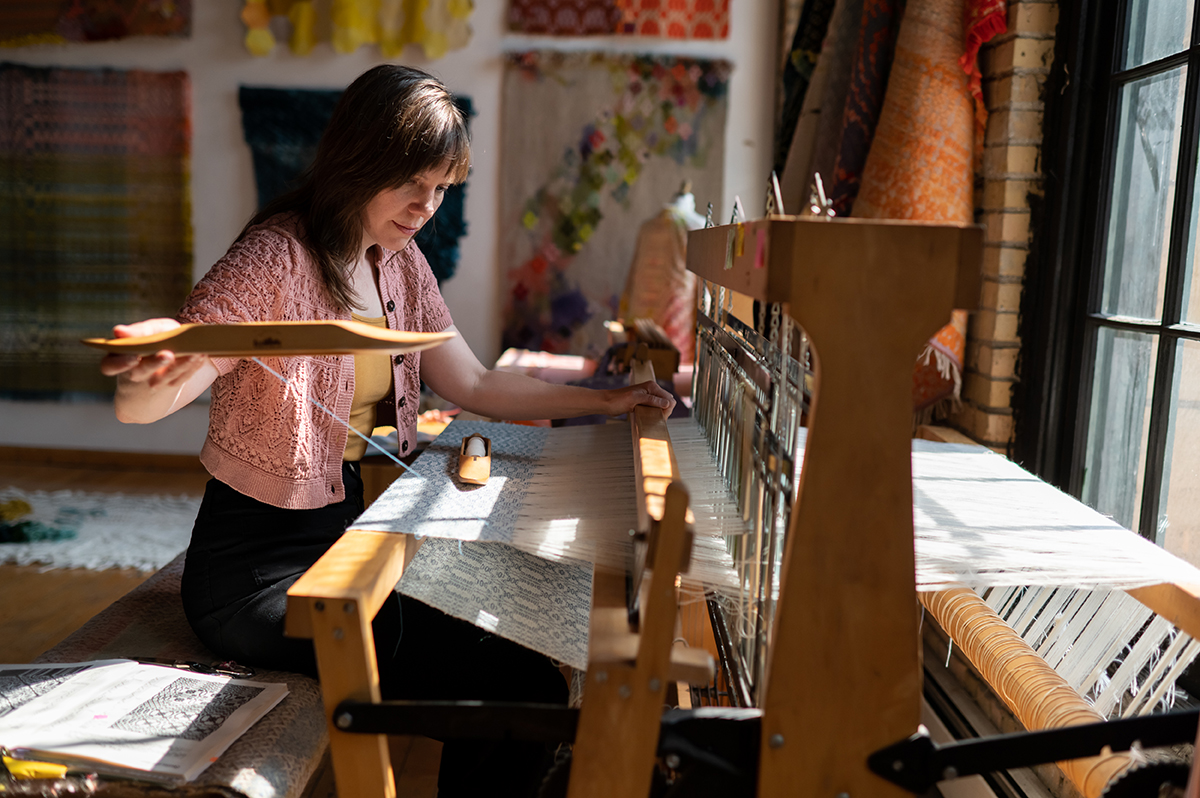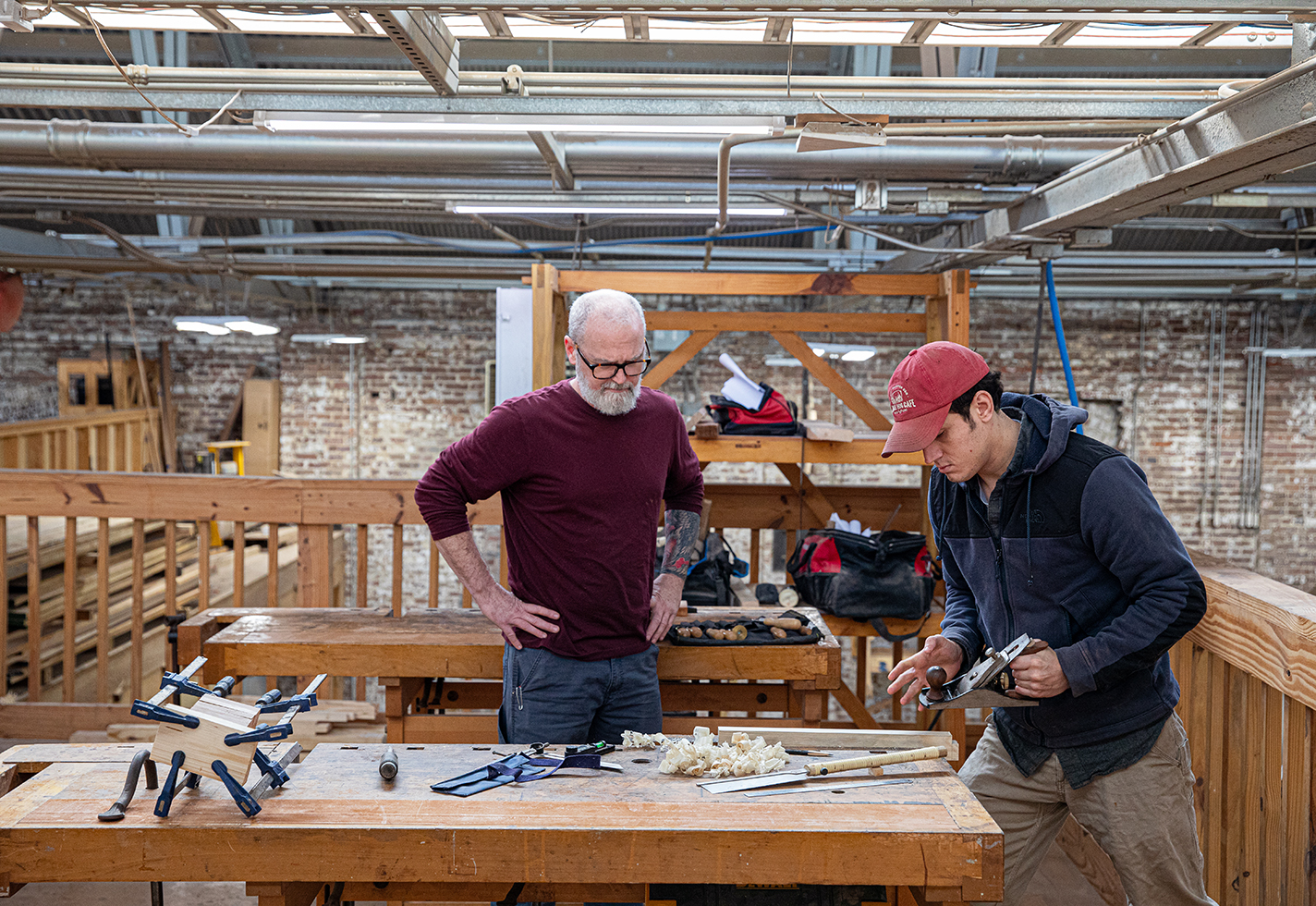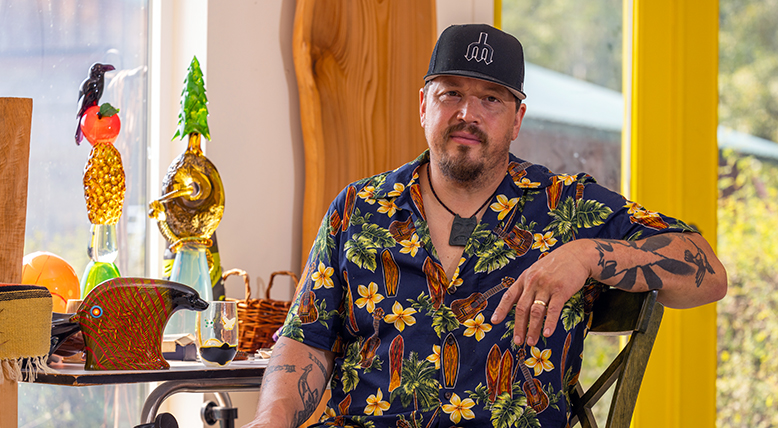When I wake up in my Minneapolis home in winter, the first thing I do is peel back the bedside curtain to assess the day. Sometimes there’s a fresh blanket of white snow covering the ground and powdering the trees. If it’s very cold out, I sip my cup of hot black coffee and consider how many woolen layers I’ll need to pile on for my commute to my studio.
Having moved back to the North two years ago, after over a decade living in the rural Appalachian Mountains, I’m still getting used to the climate. I’d forgotten that just a little sun can make the day a whole lot brighter, with light reflecting off a sparkly white cloak that envelops the city.
I put on my mittens, hat, scarf, and big red puffy coat zipped all the way up. Then I slide over the icy streets of my South Minneapolis neighborhood and hop on the light-rail train that deposits me at my studio on the edge of downtown. It’s on the third floor of a towering limestone building—an appliance warehouse turned cracker factory turned art studios—which is one of the last art spaces in this once-thriving art neighborhood.
My studio is where I find my inspiration: paint on paper, threads on a loom. The feeling there seems to dictate my day, my mood wandering with the weather.
If the sun is pouring in, warming up the room, I tend to get energized, working across mediums—weaving at the loom or painting on the floor—basking in the space as the light bounces off the exposed beams in the ceiling, the bright white walls, and the worn patchwork wooden floors.
If it’s a cold, dark morning, I tend to be more inward. I make a warm herbal tea and work on something more technical, like warping a loom or prepping paper or gessoing a canvas for a new work. I like to think of the darkness as a time to prepare for the light again. I think of an interview with the poet Ruth Stone, where she described her inspiration as a thunderous train of air that runs through her. When the inspiration comes, I need to be ready for it.

At her loom textile and visual artist Amber M. Jensen weaves fine blue and ivory woolen threads into a classic Whig rose pattern.














